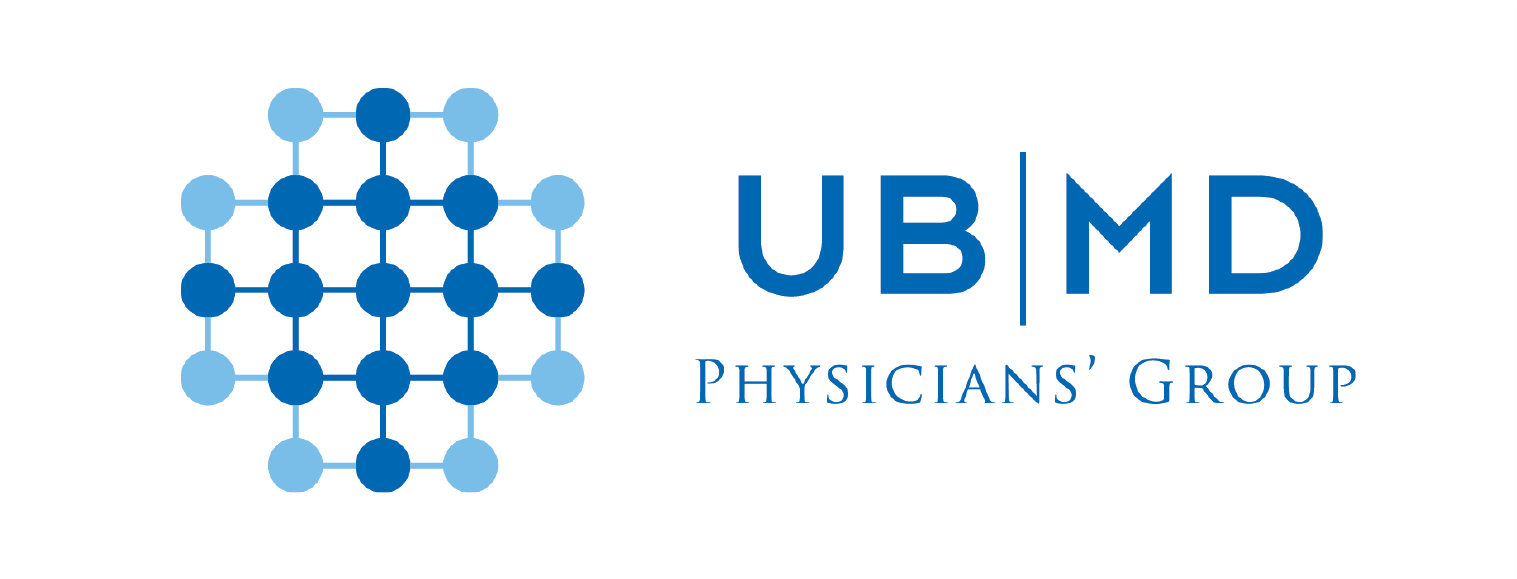SARAH XIN ZHANG, MD
- ROSS EYE INSTITUTE -

Vision Research Center
Specialties
- Vision Research Center
Contact
Education
Title and Department:
Professor of Ophthalmology
Adjunct Professor of Biochemistry and Neuroscience
Education and Training:
M.D. Medicine, Sun Yat-sen University of Medical Sciences, Guangzhou, China
M.S. Ophthalmology, Sun Yat-sen University, Guangzhou, China
Residency (Ophthalmology):
Zhongshan Ophthalmic Center, Sun Yat-sen University, Guangzhou, China
Clinical Fellowship (Retina):
Zhongshan Ophthalmic Center, Sun Yat-sen University, Guangzhou, China
PhD Training (Ocular Pharmacology):
Sun Yat-sen University, Guangzhou, China
Fellowships:
Medical University of South Carolina, Charleston, SC (Ophthalmology)
University of Oklahoma Health Sciences Center, Oklahoma City, OK (Cell Biology).
Research Focus:
Collaborative clinical and epidemiological research/clinical trials, fundamental retinal processes, ocular genetics, ocular infection, inflammation and immunology, retinal diseases, retinal neuroscience.
Clinical Relevance:
Age-related macular degeneration, diabetic retinopathy, neuro-ophthalmology, retinitis pigmentosa/retinal degenerations, vascular diseases
Synopsis of Research
- ER stress and the UPR signaling in retinal neurovascular injury and diabetic retinopathy. The endoplasmic reticulum (ER) is the primary site for protein synthesis and folding. Failure of this machinery to fold newly synthesized proteins presents unique dangers to the cell and is termed “ER stress.” In response to the stress, cells have evolved an intricate set of signaling pathways named the unfolded protein response (UPR) to restore the ER homeostasis. In addition, the UPR is known to regulates many genes involved in important physiological processes to modulate cell activity and cell fate. The project in Zhang’s laboratory is aimed to understand the role of ER stress and the UPR in retinal vascular endothelial cell dysfunction and neuronal degeneration in diabetic retinopathy. Our previous work has implicated several key UPR branches such as IRE-XBP1 and ATF4-CHOP in retinal inflammation and vasculopathy in diabetes. Currently, we are employing integrated genetic tools and animal models to study the function of UPR genes in the retina and to decipher the molecular links between the UPR signaling and inflammatory pathways in retinal cells. Findings from these studies are anticipated to identify novel therapeutic targets and develop new treatments for diabetic retinopathy.
- Mechanisms and potential therapies for RPE death in age-related macular degeneration. The retinal pigment epithelium (RPE) plays an essential role in maintaining the normal structure and function of photoreceptors. RPE dysfunction and cell death is a hallmark pathological characteristic of age-related macular degeneration (AMD), a disease that accounts for the majority of vision impairment in the elderly. Using transgenic mouse models, we discovered that the transcription factor XBP1 is a critical regulator of oxidative stress and cell survival in RPE cells. Genetic depletion or inhibition of XBP1 sensitizes the RPE to stress resulting in cell death. Our ongoing studies focus on identifying the target genes of XBP1 in RPE cells through which the protein regulates cell survival. We are also investigating if these proteins could offer potential salutary effects to protect RPE cells from oxidative injury and degeneration in disease conditions such as AMD.
- Roles and mechanisms of angiogenic/anti-angiogenic factors in obesity, insulin resistance and diabetes. Obesity, insulin resistance and Type 2 diabetes are clustered as the most important metabolic disorders, substantially increasing morbidity and impairing quality of life. Excess body fat mass, particularly visceral fat, leads to dysregulation of adipokines (proteins secreted from fat cells), resulting in higher risk of cardiovascular diseases. Our recent findings indicate that angiogenic/anti-angiogenic factors are associated with obesity, diabetes and diabetic complications. For example, pigment epithelium-derived factor (PEDF), a major angiogenic inhibitor, is an active player in adipose tissue formation, insulin resistance and vascular function. In the future, we hope to further understand the functions and mechanisms of these proteins in lipid metabolism and adiposity. In collaboration with a number of clinical investigators, we are exploring the physiological application of these factors as novel biomarkers and therapeutic targets in the diagnosis and treatment of diabetes, metabolic disorders and peripheral vascular diseases.
OUR DOCTORS
-
Sandra Everett, MD
ButtonPhysician & Surgeon - Cornea
-
Sangita Patel, MD, PhD
ButtonPhysician & Surgeon - Cornea | Vision Research Center
-
Ruth Marie Mattern, MD, PhD
ButtonPhysician & Surgeon - Cornea
-
Vaitheeswaran Lalgudi, MD
ButtonPhysician & Surgeon - Cornea
-
Brian Madow, MD, PhD
ButtonPhysician & Surgeon - Retina
-
Jack Sullivan, MD, PhD
ButtonPhysician & Surgeon - Retina | Vision Research Center
-
John Lillvis, MD
ButtonPhysician & Surgeon - Pediatrics & Adult Strabismus
-
Shreya Prabhu, MD
ButtonPhysician & Surgeon - Pediatrics & Adult Strabismus
-
Andrew Reynolds, MD
ButtonPhysician & Surgeon - Pediatrics & Adult Strabismus
-
James Reynolds, MD
ButtonPhysician & Surgeon - Pediatrics & Adult Strabismus
-
Asher Weiner, MD
ButtonPhysician & Surgeon - Glaucoma
-
Sandra Sieminski, MD
ButtonPhysician & Surgeon - Glaucoma
-
Federico Gonzalez-Fernandez, MD, PhD
ButtonOcular Pathology
-
Kyle Arnoldi, CO, COMT
ButtonOrthoptics
-
Nancy Schrader
ButtonOptician
-
David Dauoheuang
ButtonOptician
-
Mankiran Singh, OD
ButtonOptometry
-
Avani Dave, OD
ButtonOptometry
-
Allison McGraw, OD
ButtonOptometry
-
Benjamin Gutsin, OD
ButtonOptometry
-
Chelsea May, OD
ButtonOptometry
-
Steven J. Fliesler, PhD
ButtonVision Research Center
-
Sarah Xin Zhang, MD
ButtonVision Reseach Center
-
Xiuqian Mu, MD, PhD
ButtonVision Research Center
-
Josh J. Wang, MD, MS
ButtonVision Research Center
-
Margaret M. DeAngelis, PhD
ButtonVision Research Center
-
Michael H. Farkas, PhD
ButtonVision Research Center
Contact Us
We will get back to you as soon as possible.
Please try again later.
BUFFALO NIAGARA
F: 716-881-4349
Office Hours:
Monday - Friday: 8:00 am - 4:30 pm
SOUTHTOWNS OFFICE
F: 716-677-6507
Office Hours:
Monday - Friday: 8:00 am - 4:30 pm
BUFFALO NIAGARA
F: 716-881-4349
Office Hours:
Monday - Friday: 8:00 am - 4:30 pm
SOUTHTOWNS OFFICE
F: 716-677-6507
Office Hours:
Monday - Friday: 8:00 am - 4:30 pm


© 2024. Ross Eye Institute.
The Ross Eye Institute website makes every attempt to comply with The Americans with Disabilities Act (ADA) of 1990. If you are using a screen reader and are having problems using this website, please call for assistance.


























